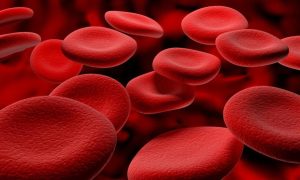 [For a fuller discussion of Biophotonic Therapy and the underlying science, including citations to the medical literature, see Healing Photons: The Science and Art of Blood Irradiation Therapy. For a brief discussion, see 10 Key Points about Biophotonic Therapy. See also the video Rethinking Biophotonic Therapy.]
[For a fuller discussion of Biophotonic Therapy and the underlying science, including citations to the medical literature, see Healing Photons: The Science and Art of Blood Irradiation Therapy. For a brief discussion, see 10 Key Points about Biophotonic Therapy. See also the video Rethinking Biophotonic Therapy.]
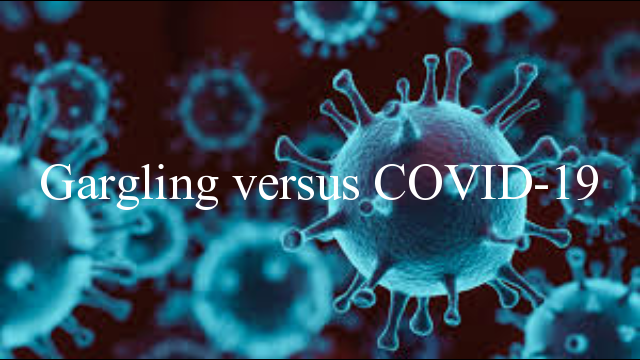
A new pilot study plus a better understanding of the science and art of gargling suggest that it can be an effective adjuvant therapy against COVID-19. At the same time, gargling can protect others, so we all have a vested interest in persuading each other to gargle. In this video, Viktoria Nagudi discusses with Kenneth Dillon of Scientia Press gargling’s history, science, choice of gargles, and applications, including to reopening the economy and schools. For further details, see https://www.scientiapress.com/mouthwash-oral-respiratory-infections.

Studies by Japanese researchers show that gargling is protective against respiratory infections. Here is a letter that lays out the case for gargling against COVID-19.

Even though much inhaled COVID-19 virus immediately penetrates into the lungs, some remains in the throat where it replicates to very high numbers–for instance, a peak at 711,000,000 RNA copies per throat swab day 4 (Wölfel R et al. Nature 2020;Apr 1). According to a Reinforcement Model of COVID-19 infections, many of these replicates descend into the lungs, where they furnish a stream of reinforcements that cumulatively outweigh the replication of the initial penetrating dose. Hence treating the throat with gargling seems highly desirable.
 Musical instruments play an important role in music therapy. Sometimes therapists play them to exert a calming effect on certain kinds of patients. Often the therapy consists of patients themselves extemporizing on instruments they choose. Or a patient can undertake to learn how to play an instrument as part of healing. The piano or various wind instruments are popular in these uses, but any instrument can presumably be employed.
Musical instruments play an important role in music therapy. Sometimes therapists play them to exert a calming effect on certain kinds of patients. Often the therapy consists of patients themselves extemporizing on instruments they choose. Or a patient can undertake to learn how to play an instrument as part of healing. The piano or various wind instruments are popular in these uses, but any instrument can presumably be employed.
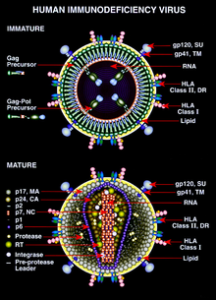 Amid the fanfare regarding initiatives to treat the devastating HIV/AIDS epidemic, a noteworthy finding has been overlooked. After more than two decades of debate, experimentation by patients, and scattered clinical testing of non-drug therapies of HIV, we now know much better which ones actually work.
Amid the fanfare regarding initiatives to treat the devastating HIV/AIDS epidemic, a noteworthy finding has been overlooked. After more than two decades of debate, experimentation by patients, and scattered clinical testing of non-drug therapies of HIV, we now know much better which ones actually work.
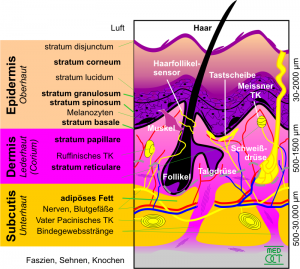 Micromin is a form of Transdermal Micronutrition (TDM) that is a treatment of certain effects of iron-deficiency anemia. Micromin has other potential applications as well, including in the area of environmental medicine where its ion-substitution effect can help ward off many kinds of toxic substances.
Micromin is a form of Transdermal Micronutrition (TDM) that is a treatment of certain effects of iron-deficiency anemia. Micromin has other potential applications as well, including in the area of environmental medicine where its ion-substitution effect can help ward off many kinds of toxic substances.
Micromin exploits a capability that human beings have inherited from distant ancestors. Its action suggests that in certain circumstances human beings can exhibit behavior reminiscent of medusa and polyp stages; and that the transition between the two can convey certain unusual benefits, especially in the area of gynecology and obstetrics. Micromin’s abilities to bypass the liver and to provide a steady supply of micronutrients differentiate it from gastrointestinal feeding and may explain some of its effects. There are some indications that Micromin’s mechanism of action overlaps with—and thus may elucidate—the mechanism of action of Traditional Chinese Medicine moxa therapy (moxibustion). In turn, this may mean that Micromin will prove effective in the various and at times remarkable indications for which moxa has traditionally been employed.
 Advances in antioxidant therapy have led to significant benefits in many areas of human health. Vitamins C and E, phytochemicals like lycopene in tomatoes, and oral zinc have found relatively widespread use as prophylactics and treatments of bronchial asthma, cancer, and other disorders.
Advances in antioxidant therapy have led to significant benefits in many areas of human health. Vitamins C and E, phytochemicals like lycopene in tomatoes, and oral zinc have found relatively widespread use as prophylactics and treatments of bronchial asthma, cancer, and other disorders.
Still, the results of clinical trials of Vitamins C and E against atherosclerosis have been disappointing. Yet they were predictable because oxidative processes go on inside of arterial walls, whereas Vitamins C and E are known to operate only in the plasma and lipid membranes.
Meanwhile, statins can be effective antioxidants in cardiovascular disorders (Shishehbor et al., 2003a; Shishehbor et al. 2003b). Unfortunately, statins are rather expensive and may have unacceptable side effects.
 It is a little-known fact that one can treat respiratory infections quite effectively without drugs, primarily with the use of physical therapies and correctly applied remedies. Here are three methods:
It is a little-known fact that one can treat respiratory infections quite effectively without drugs, primarily with the use of physical therapies and correctly applied remedies. Here are three methods:
1. Therapeutic Gargling (TG). Many respiratory viral and bacterial infections commence with a sore throat or a small infection in the inside lining of the mouth–for instance, inside the cheek. In these cases, the invading microbe appears to establish a beachhead in the throat or mouth lining where it can safely multiply before the immune system can develop a response sufficient to wipe it out. Once the numbers of microbes reach a high enough level, they can break out and spread the infection throughout the respiratory tract or even system-wide.
 The finding that NSAIDs can cause heart attacks and strokes in certain patients has disrupted the lives of millions of arthritis patients as well as throwing a scare into the pharmaceutical industry.
The finding that NSAIDs can cause heart attacks and strokes in certain patients has disrupted the lives of millions of arthritis patients as well as throwing a scare into the pharmaceutical industry.
But it needs to be put in perspective. There is no better place to start than with the famous dictum of the Swiss Renaissance physician Paracelsus: “All things are poison, and nothing is without poison. It is the dose alone that makes a thing not a poison.” In the case of the painkillers, it is likely that lower doses and limits on the duration of therapy would avoid most problems. Quite possibly, some of the people who suffered heart damage belonged to high risk categories for whom most or all prescription painkillers would be dangerous. In fact, NSAIDs and other pain relief drugs have shown themselves to be very effective and safe for certain groups of patients in modest doses for limited periods of time, so it is unreasonable to withdraw them from the market. Of course, they should compete there on the basis of their merits compared to other drugs.
If you eat a healthy diet, you probably don’t need to take supplements at all. Still, there are solid arguments for taking at least a few supplements; and in special categories such as pregnancy and over-65 years of age, you are well-advised to take specific supplements.[1]
Here is a list of suggestions with attached rationales. Clearly, you need to adjust this list to your circumstances and consult with a medical practitioner, especially if you have a specific condition or are considering megadoses.
Key Supplements
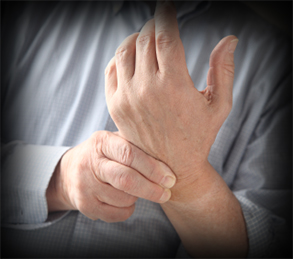 A 52-year old male in generally good health began to feel soreness and painful twinges in his fingers. The inflammation was not in the knuckle joints but rather in the tissue surrounding them, which became increasingly red and sensitive to touch. Having previously used Vitamin C (ascorbic acid) and methotrexate in succession to treat a case of idiopathic thrombocytopenic purpura, and having an old prescription for methotrexate, he obtained methotrexate from an online pharmacy and began to take it.
A 52-year old male in generally good health began to feel soreness and painful twinges in his fingers. The inflammation was not in the knuckle joints but rather in the tissue surrounding them, which became increasingly red and sensitive to touch. Having previously used Vitamin C (ascorbic acid) and methotrexate in succession to treat a case of idiopathic thrombocytopenic purpura, and having an old prescription for methotrexate, he obtained methotrexate from an online pharmacy and began to take it.
